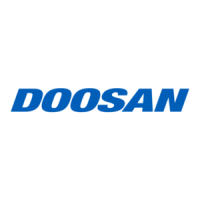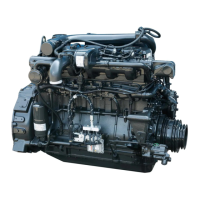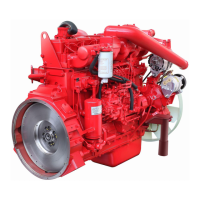What to do if the warning lamp doesn't turn off on my Doosan G643E Engine?
- DDylan ReyesAug 5, 2025
If the charging warning lamp on your Doosan Engine doesn't turn off after the engine starts, and the battery frequently needs charging, there might be several reasons. Check for a loose or worn drive belt and correct or replace it if necessary. Also, inspect for a blown fuse and replace it. A cut-off circuit breaker should be reset or replaced. The voltage regulator or alternator could be faulty, so inspect the alternator. Examine the wiring for faults and repair them. Finally, look for corrosion or wear on the battery cable; repair or replace it as needed.



